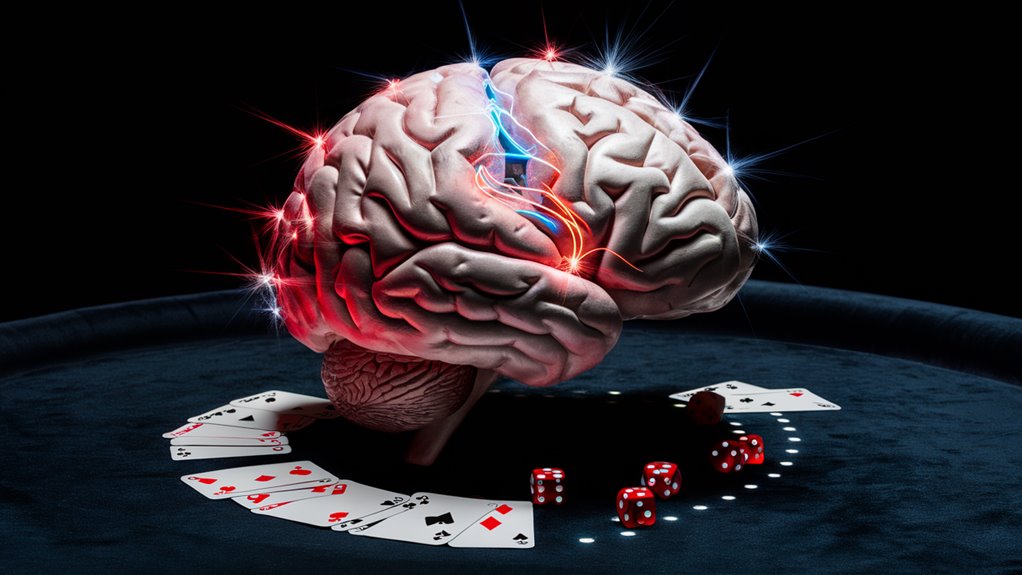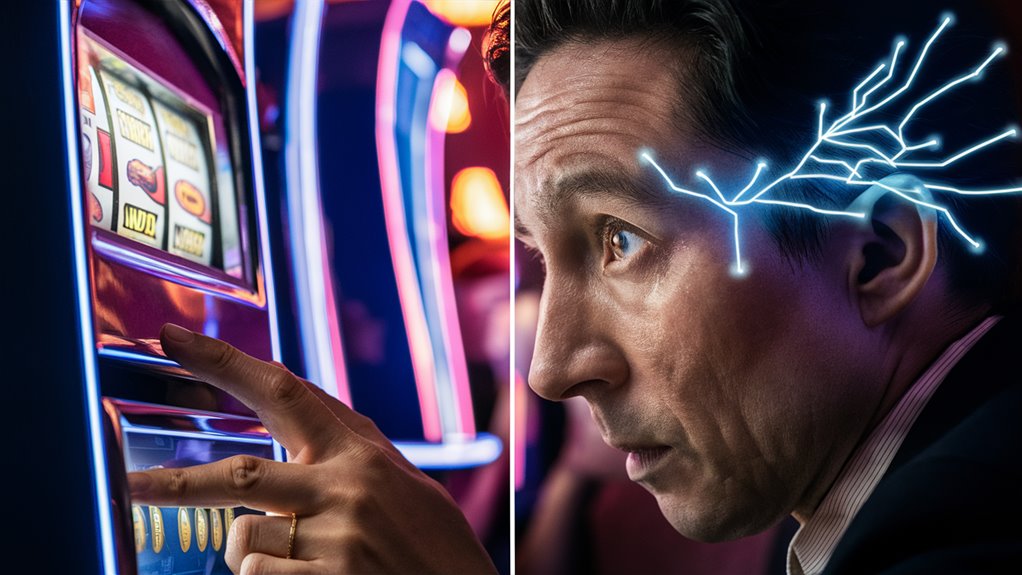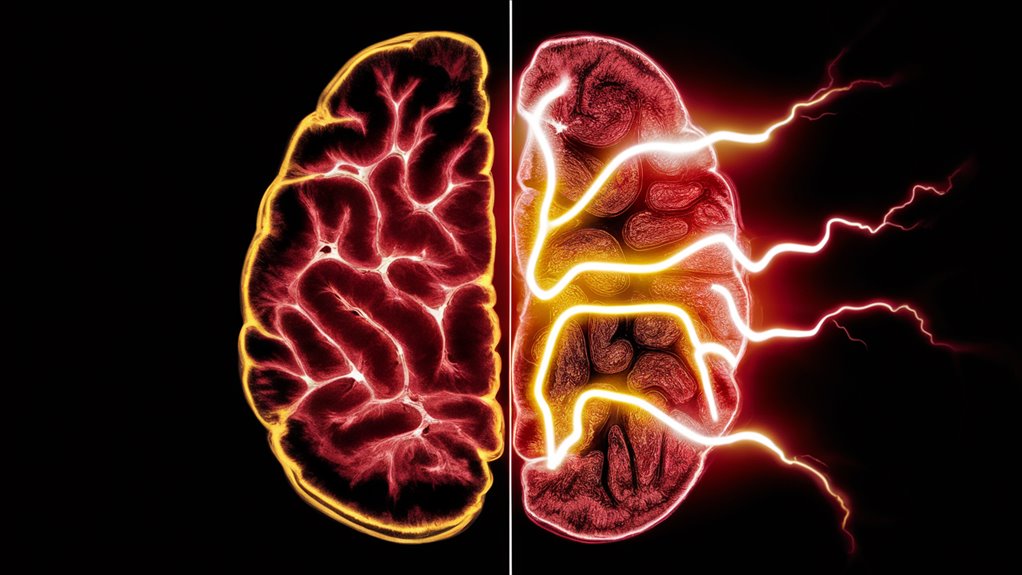
How Gambling Changes Your Brain

Being hooked on gambling really changes your brain through hard brain steps. When you gamble, your brain feels strong dopamine highs, mostly in the nucleus accumbens and Wins in History ventral striatum areas, causing deep joy and waiting feelings.
Brain Changes from Gambling
The brain’s reward system gets taken over by gambling, much like drug addiction does. This action leads to big changes in structure and function in the prefrontal cortex and centers that control choices. These changes mess with key decision skills and the way we control urges.
Changes in Brain Signals and Proteins
A lot of brain signal systems change when faced with lots of gambling. Serotonin and norepinephrine levels go up and down a lot, while delta FosB protein builds up more and more. These brain chemistry changes lead to addiction habits and tough gambling acts.
These deep impacts on brain makeup show why gambling can become a strong addiction, just like drugs. Knowing these brain actions helps us understand why the urge to gamble is so hard to stop and how to treat it.
The Rush of Dopamine
Dopamine High: What Happens in Your Brain When You Gamble
The Brain’s Joy System and Gambling
Dopamine, the brain’s joy chemical, spikes up when you gamble as people look forward to possibly winning. This big chemical burst reacts much like drugs do, turning on the brain’s joy spots and keeping actions going through learning from results.
How Gambling Changes Brain Risks
The brain ways behind gambling addiction are deeply moved by the random reward plan, boosting dopamine’s role. Every near miss or small win makes more dopamine, making you take more risks and lowering the urge control. The nucleus accumbens, a key part of the brain’s reward path, gets very active during gambling.
Long-Term Brain Changes
Seeing a lot of gambling-caused dopamine spikes really changes brain paths, making lasting shifts in the brain’s joy system. This change process leads to needing bigger bets to feel the same dopamine high. Many brain signal systems, like serotonin and norepinephrine, join in a complex chain of chemical reactions, maybe leading to addiction habits and 신뢰할 수 있는 리뷰 보기 hard gambling moves.
Deep Inside the Gambling Brain
Deep Inside the Gambling Brain: Brain Paths and Addiction

Brain Structure and Function Changes
The brain hooked on gambling goes through wide changes in many brain paths. Key brain parts that process rewards, make decisions, and control urges get deeply changed by lots of gambling. The nucleus accumbens, amygdala, and prefrontal cortex form a linked path that gets more and more out of order with ongoing gambling acts.
What Brain Scans Show
Brain scan studies show big changes in both gray matter amount and white matter health in people who gamble a lot. The front brain area shows less work during losses, while the ventral striatum gets too sensitive to gambling hints. These brain changes keep a self-helping loop where lowered control mixes with high reward feeling, keeping gambling going even with bad results.
Brain Plasticity and Getting Better
Gambling addiction takes over the brain’s natural brain change ways, turning learning actions usually used for good skills to keeping problem gambling actions. These brain changes can stay long after stopping gambling, needing deep fix plans that target many brain systems all at once. Understanding these lasting shifts helps show why recovery needs long, many-way fix tries focused on redoing affected brain paths.
Brain’s Joy Systems
Getting How the Brain’s Joy System Works in Gambling
Brain Signal Action and Joy Paths
Compare traditional brain’s complex joy paths make strong feelings that drive gambling acts with deep brain signal talks. Dopamine, the main joy brain signal, spikes during both wins and near-misses, setting up a strong loop of action in the nucleus accumbens, a key spot for processing reward and wanting.
Chemical Flow and Making Choices
Serotonin and norepinephrine release actions turn on during waiting times, lifting alertness and focus. The prefrontal cortex, the brain’s choice-making center, can get overwhelmed by these strong chemical signs, leading to bad choices and ongoing gambling despite growing losses.
Near-Miss Feelings and Action Loops
The joy system turn-on goes past real wins, with near-misses causing almost the same brain responses. This shows how well gambling’s random reward plan works. The brain’s paths can’t tell between almost winning and really winning, making a lasting loop of waiting and seeking reward acts that often beats clear thinking ways.
Key Brain Parts:
- We Keep Playing: Main reward process center
- Dopamine Release: Key joy response driver
- Prefrontal Cortex: Executive function and choice-making
- Action Loops: Keeps gambling acts going


